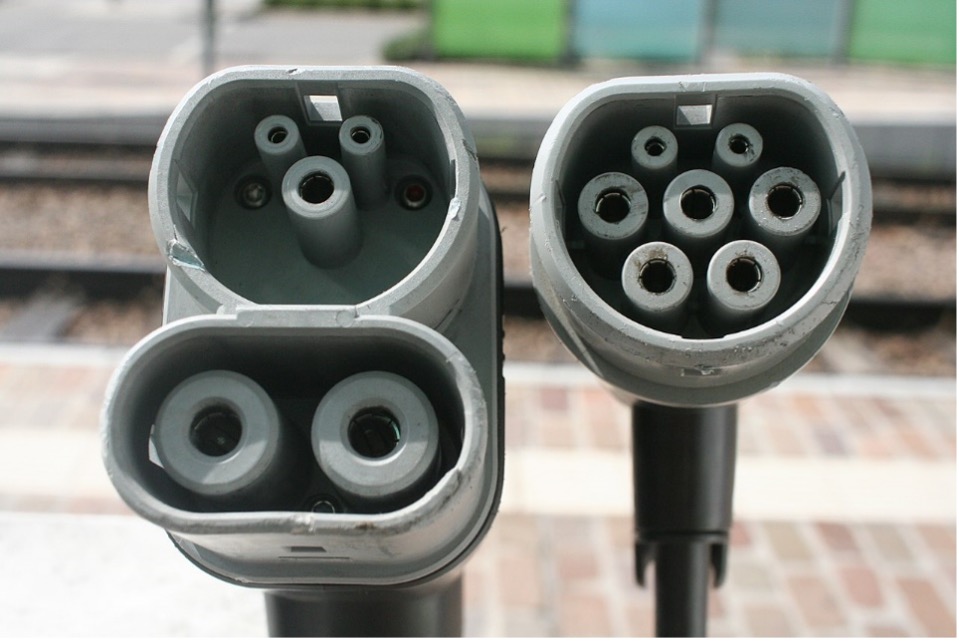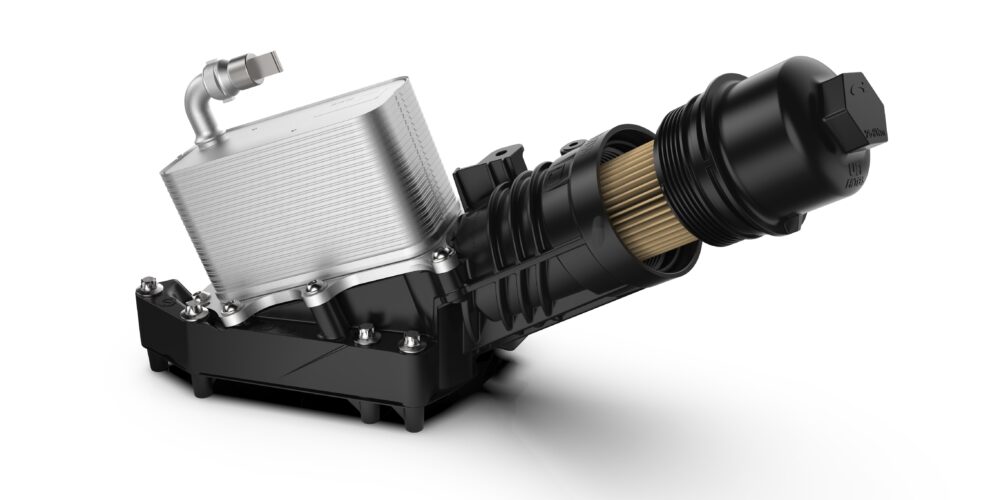Plug types for electric cars – what plugs can we use to charge these days?
Depending on the manufacturer, geographical region and type of charging, the use of different types of connectors has spread around the world for charging electric cars – unfortunately, there is no single uniform type existing, which causes the industry a lot of headaches for users and dealers.
In this article, we present the best-known connectors based on their areas of use and characteristics.
Slow charging
Type 1
It is designed for slow or medium fast charging with alternating current. It is also known as SAE-J1772-2009 or Yazaki. In Europe, it enables charging at a voltage of 230V with a maximum current of 32A.
A car equipped with such a connector is for example, the Nissan LEAF, Peugeot iOn, Citroen C-Zero, Mitsubushi i-MiEV, Kia Soul EV, Opel Ampera and Toyota Prius PHEV (1st generation).
It only allows AC charging in Europe at a voltage of 230 V with a maximum current of 32 A. It is typically used on cars from Japanese manufacturers and on models primarily intended for the American market.
The connector is secured only by the latch on it, which can be operated with a separate push button, not by the car. The protection of the cable against theft usually has to be solved separately (for example a mini lock on the release button of the connector), but there are cars (for example Nissan LEAF manufactured after 2013) that automatically lock the cable.
Type 2
The type of connector developed by the German company Mennekes for the European market, which also allows only alternating current charging but the essential difference is that up to three phases can be available.

Type 2 and combined connectors (source: www.wikipedia.org)
In addition, we must note that not all cars with a Type 2 connector can perform 3-phase charging (this is usually the case). Mainly used on cars from European manufacturers (Audi, BMW, Renault, Volkswagen, Volvo).
There is also a socket version of the connector that can be mounted on an EVSE (charger), this has become the standard connector used on charging stations throughout Europe. All cars can be charged from such a socket using the appropriate Type 2 – Type 1 or Type 2 – Type 2 cable.
The connector enables charging with a power of up to 3×63 A (43 kW). The Type 2 connector is locked (closed) by both the car and the charging column (EVSE), so we cannot remove the cable during charging. We can only do this when the process stops.
Fast charging
CCS
CCS (Combined Charging System)
In the case of Type 1 and Type 2 connectors, the transferable power proved to be less and less sufficient as time progressed, so the CCS 1 and CCS 2 socket types were born as their further development, which enables high-power direct current through the two new contacts charging in one socket in addition to alternating current charging.
In contrast to CHAdeMO, it is possible to receive both direct current and alternating current on a single socket on the car with the CCS system.
The CCS 1 connector has spread in America, the CCS 2 connector in Europe and Australia and New Zealand. The current typical output of the CCS system is 50 kW but the theoretical upper limit is 350 kW. The first ultra-large, 150-350 kW charging points have already opened in Western Europe.
Examples of cars with a CCS 2 connector are the BMW i3, the Hyundai Ioniq Electric and the Volkswagen e-Up.
CHAdeMO
The connector (and communication platform at the same time) developed by Japanese manufacturers can currently typically provide 50 kW charging. In the future, this value will even reach 400 kW charging.
At the same time, it is an important fact that the CHAdeMO connector can only be operated with direct current, it cannot be used for charging with alternating current, so on cars with such a system, alternating current charging can only be solved on a separate Type 1 or Type 2 socket.
So there is no question that this version requires relatively many compromises. We find it, for example, in the Peugeot iOn, Citroen C-Zero, Mitsubishi Outlander PHEV and Citroen Berlingo Electric.
Tesla Supercharger
Tesla can claim to be unique in the world of electric cars. This is also manifested in the premium charging network for cars intended for the premium segment.
In the Supercharger system, 4-50 charging stations await drivers at stations 80-200 km apart in Western Europe, where 60-100 kWh battery of Teslas can be charged with 120 kW of power.

Tesla Supercharger (source: www.pixabay.com)
These chargers can supply the car with enough energy for 250-300 km in 20-30 minutes. Although the Tesla Supercharger connector in Europe is identical to the Type 2 connector, it is not compatible with it either. While cars from other manufacturers can receive alternating current (AC) on the Type 2 socket, Teslas can also receive direct current on the same connector in addition to alternating current.
As a result, the problem also exists the other way around: since Superchargers provide direct current charging, they cannot be used to charge a car of another make with a converter. Tesla’s vehicles form a completely inner circle with their charging network.
Cars that can be charged with a Tesla Supercharger including the Tesla Model S, Tesla Model X, and Tesla Model 3.
Standardization
Although there have been efforts to ensure that electric cars can use the same connectors in all regions under the same conditions, almost nothing has been achieved and it is not currently clear when this may change in the future.













